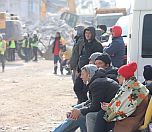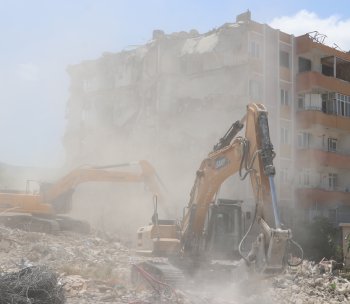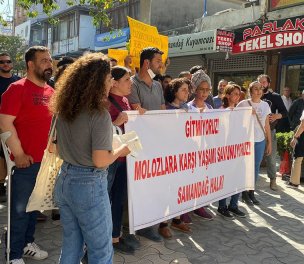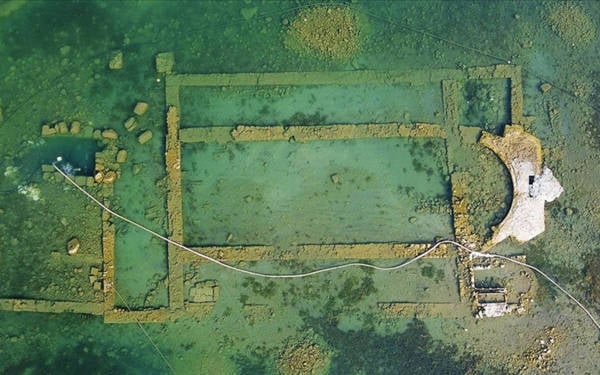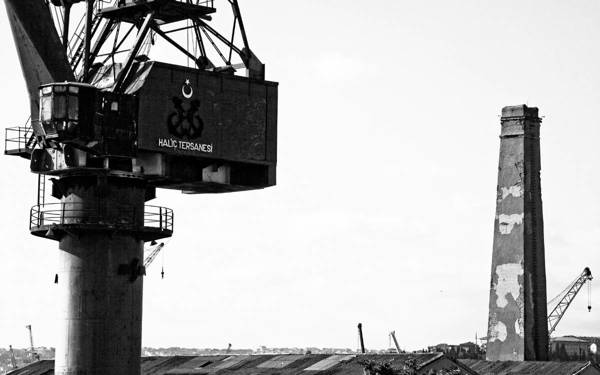Click to read the article in Turkish
It has been six months since the devastating Maraş-centered earthquakes that hit the south of Turkey.
We spoke about the debris removal and rubble transportation efforts in the cities affected by the earthquake in the sixth month after the earthquakes centered in Maraş, and how asbestos and similar chemicals affect public health and the ecosystem with Ahmet Dursun Kahraman, the Chairperson of the Board of the Chamber of Environmental Engineers (ÇMO) affiliated with the Union of Chambers of Turkish Engineers and Architects (TMMOB).
During the initial days of the earthquakes (in March 2023), ÇMO had announced that they expected a total of 104 million tons of construction and demolition waste (CDW) to be generated in all affected cities.
Kahraman stated that they analyzed a total of eight solid asbestos samples, three from dumping sites and one from a settlement area in Antakya and Samandağ districts, in a report specifically prepared for Hatay. He mentioned that asbestos was found in one out of every two samples.
However, the Hatay Governorship announced on July 15, 2023, that according to the analysis of samples taken from seven locations (including five dumping sites, a park, and a container city), asbestos levels were below legal limits.
Asbestos in the Twin Towers
Kahraman, the Chairperson of ÇMO, shared how he saw where we were six months after the earthquake with bianet:
"Asbestos and similar chemical substances released from the debris after the attack on the Twin Towers continue to affect people's health and cause deaths, even though 22 years have passed since the September 11 attacks in the United States.
"Approximately 3,000 people lost their lives in the attack, but this number increased due to asbestos and other cancer-causing chemicals released into the air. The first ones affected were the search and rescue teams and volunteers."
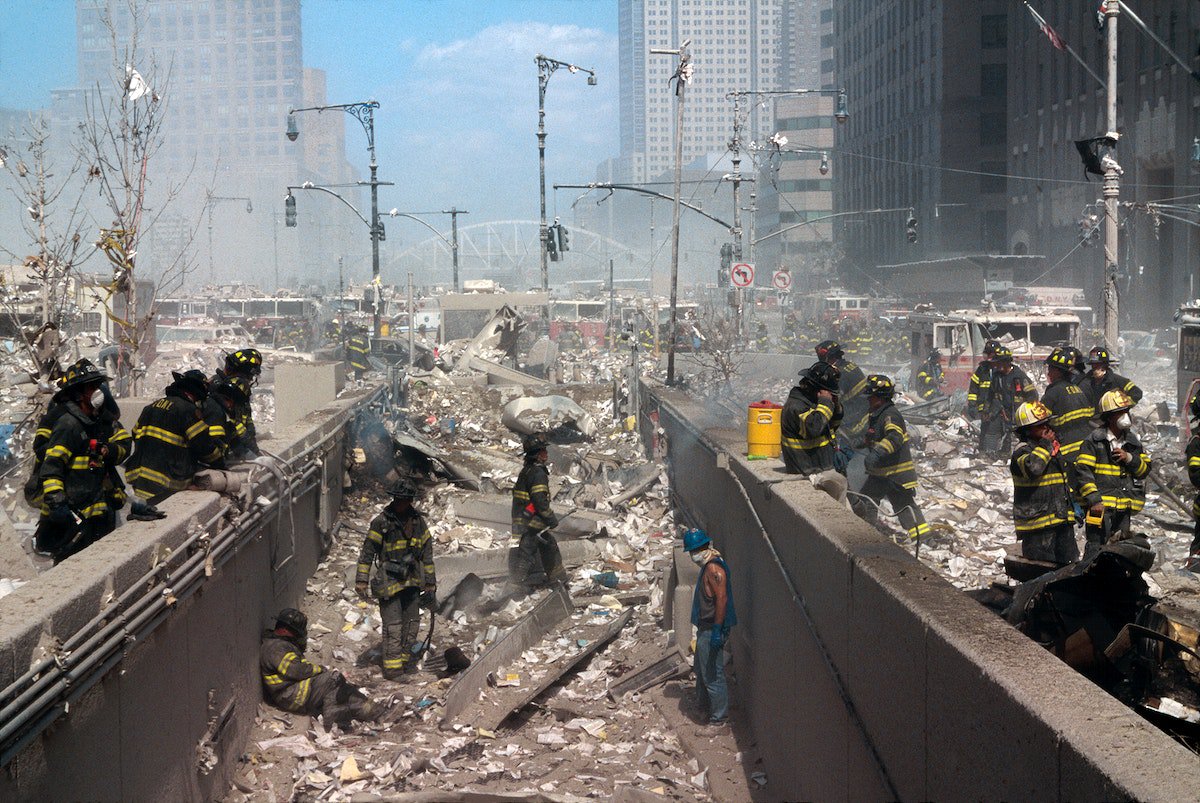
Photo: September 11 attack. Source: Raw Pixel
Legislation in Turkey
Kahraman says that Turkey is acting 'comfortably' at the moment, believing that the effects of asbestos will only be seen in the long term.
He believes that Turkey's legislation concerning asbestos is actually quite good, but there are problems with its implementation. "We see that activities are being carried out that do not align with the regulations. To be honest, they didn't even follow their own laws from the first days of the earthquake and continue not to follow them," he says.
Public health and the ecosystem have been ignored, he thinks. Examples are tent cities set up near wetlands, and debris dumped into streambeds. There are many pollutants in the debris besides asbestos, Kahraman informs. However instead of properly segregating them in compliance with regulations, sometimes these materials were separated so as to be used again in the construction sector, in search of profit.
Asbestos in one of two samples
Six months past, we now have two different sources of information: Th reports on asbestos risk in the earthquake-affected areas from professional and ecological organizations, and statements from government institutions. "The most striking was the announcement by the Hatay Governorship," Kahraman says.
He informs that they will try to access the fullinformation through the Right to Information but that the governorship's statement is based on personal exposure measurements conducted in closed areas anyhow.
"However, in our 'Hatay Province Asbestos Technical Examination Report,' which we prepared for the Hatay province, we found asbestos particularly in the samples taken from the dumping site in Çamlıyayla. We collected a total of eight solid asbestos samples from three dumping sites and a settlement area in Antakya and Samandağ districts, and we detected asbestos in four of them. In other words, one out of every two samples collected in Hatay contains asbestos," he informs.
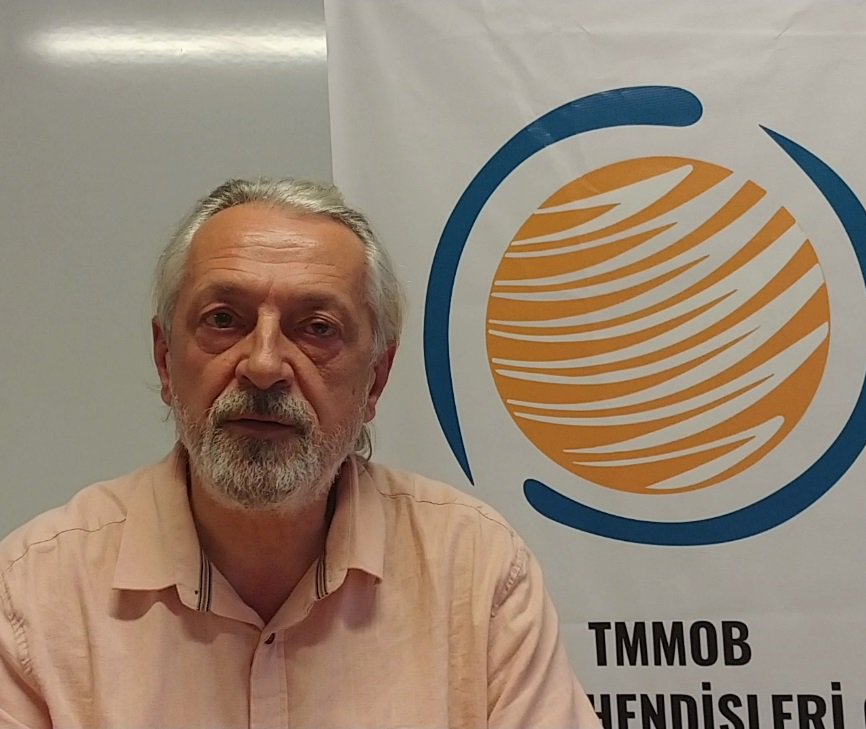
ÇMO Chairperson Ahmet Dursun Kahraman
"We identified dumping sites near residences, tents, and public institutions, at a distance of only 100 meters. We observed that forest areas, olive groves, greenhouses, agricultural fields, and areas close to water sources were chosen as dumping sites. But this is siong for a new disaster. Especially in the early days, waste management workers and local residents couldn't access any protective equipment at all, and they still can't access them sufficiently," Kahraman says.
Regulations on disasters and waste management have not been taken into account, not only in Hatay but also in other cities affected by the earthquake, he states. The Regulation on Health and Safety Measures in Working with Asbestos, published in the Official Gazette dated 25/01/2013 and numbered 28539, has not been followed in any way.
Even worse in other cities
The situation is even worse in Malatya, Adıyaman, and especially in Elbistan, Kahraman notes.
"We will share detailed reports on these cities in the coming days. However, I can say this: we were in Adıyaman for the first 10 days after the earthquakes, there was a sign saying 'No dumping of debris' behind me, and debris was being dumped into streambeds right in front of us. The same procedures were carried out everywhere because the mentality is the same. The same lack of governance prevails elsewhere, in the flood disasters, forest fires, and not being able to protect the Marmara Sea. This is the fundamental problem," he adds.
"Some adjustments have been made regarding the debris removal operations after the initial days," Kahraman says but does not think these are sufficient.
The same applies to the construction efforts undertaken. "Have we forgotten that roads were closed and people couldn't be reached," he asks. "We're constantly talking about the potential major earthquake in Istanbul. Do we know which roads will be open and which ones won't in a possible earthquake in Istanbul? The same applies to debris removal operations. Where will Istanbul's waste disposal sites be located," he asks.
_New_folder_(6)_New_folder_AA-30244574.jpg)
Adıyaman
The situation in Adıyaman, another city affected by the February 6 earthquakes, is no different.
Airborne asbestos during debris removal could pose a serious health problem, says an informative note shared by the Adıyaman Provincial Health Directorate regarding health issues in the city.
The note, prepared by Public Health expert Dr. Yusuf Emre Bostan states that a significant amount of dust is generated and is spreading throughout the city with the wind despite the precautions taken during the demolition of the damaged buildings. People watching demolition activities without caring about the dust and without taking any precautions can be observed. "This could potentially lead to a serious health problem in the future," says the information note.
Malatya
"Asbestos, mercury vapor from bulbs, lead, and PCB substances are poisoning the city during the demolition work in Malatya," said Bedir Özten, the Representative of the Chamber of Civil Engineers in Malatya, in a written statement on July 26, 2023.
Özten further said:
"Building demolitions, the transport and storage of debris are being conducted without adhering to the existing laws and regulations. It is observed that the work is being carried out in order to maximize profits, disregarding public health. The authorities concerned should not look over this."
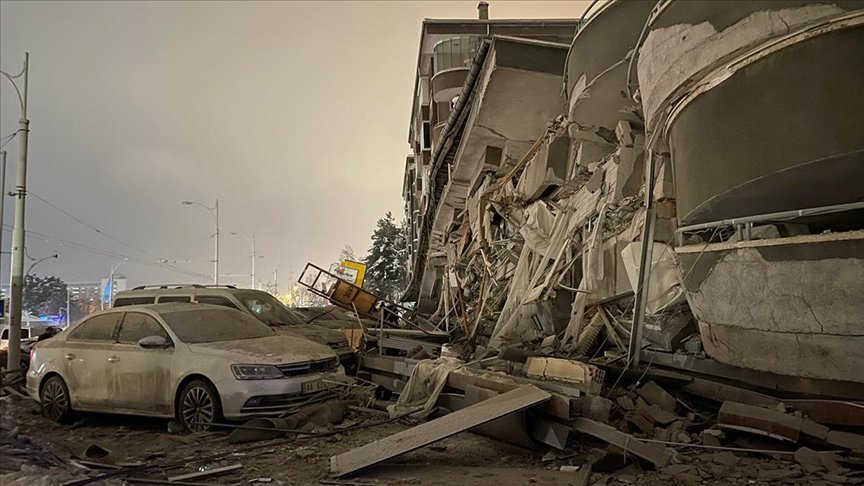
CDW Storage
The storage of CDW is of great importance for the environment and human health. ÇMO's information note on CDW storage draws attention to the following:
"The selection of the storage area close to agricultural and forest areas negatively affects agricultural and forest areas through the emission of dust during the transportation and dumping of waste, and during storage, damage is given to the structure of the soil. Directly depositing CDW into fresh and saltwater sources or storing them at a distance that will affect these water sources will destroy the aquatic ecosystem of the region.
"When selecting a storage area, meteorological factors such as prevailing wind direction, avalanche and flood risks, precipitation status, etc., should be taken into account, in addition to wetland sensitivity, agricultural and forest areas.
Location Selection
The CDW becomes more pollutent given the asbestos-containing materials, various hazardous wastes, contaminated household wastes, human and animal carcasses, it includes. Therefore the location and characteristics of the area for temporary/permanent storage of these wastes are also very important, according to the same note.
At a distance to the city
Storage areas qualified at least as a class II waste storage facility should be created for the storage of the wastes. Otherwise, the soil, groundwater, and surface waters fed by groundwater that will be contaminated and will become unusable, and the biodiversity will be negatively affected in the region, according to the note.
"The area where debris waste will be separated should be as far from the city as possible," the note warns. "It is considered appropriate that open mining areas that have completed their useful life to be turned into class III waste storage facilities and debris to be stored in these areas," it concludes.
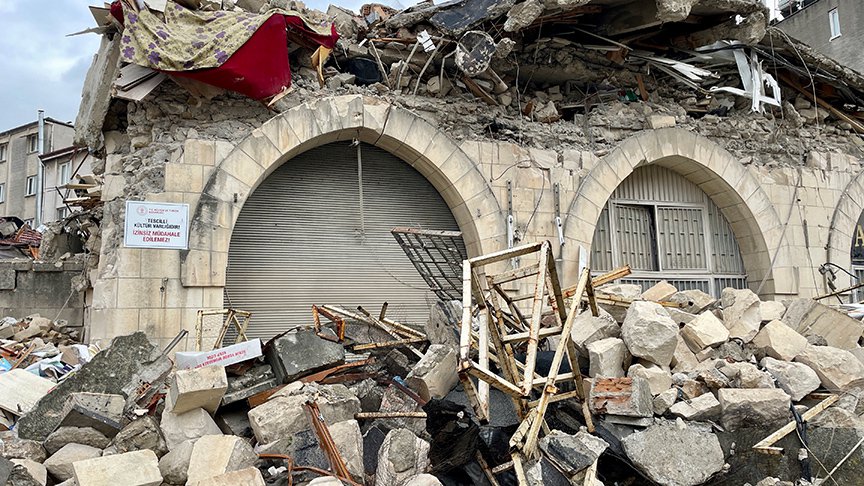
What is Asbestos?Asbestos, also known as "amyant" or "white earth," is a mineral with a fibrous structure that is highly resistant to heat, wear, and chemicals. It is flexible and has been widely used in various industries. However, it is also a carcinogenic mineral, meaning it poses a cancer risk due to its structural properties. It was used in many industries but its production and usage in Turkey were prohibited by a regulation that entered into force on December 31, 2010. Workers are exposed to the mineral during the removal, demolition, repair, maintenance, and recycling of materials containing asbestos. Where is Asbestos Found?Asbestos is naturally found in some regions in the soil. Additionally, it has been used in various sectors as an insulator and flame retardant material. These sectors include construction (roofing, ceilings, flooring, paper products, and asbestos-cement products), the automotive industry (clutches, brakes, and transmission parts), heat-resistant material production, heat-resistant fabrics, packaging, gaskets, and coatings. Asbestos can also be found in certain types of paint, materials used for insulating water pipes, and coatings. The release of asbestos fibers into the air occurs during the use of products containing asbestos, maintenance, demolition, renovation, and repair of buildings containing asbestos materials. Therefore, specific precautions must be taken and rigorously enforced during the demolition, maintenance, repair, and renovation of buildings containing such materials. Health Effects of AsbestosAsbestos fibers can enter the body through inhalation of airborne fibers released for various reasons. These fibers can lead to health problems years after entering the body. Asbestos is classified as a "definite carcinogen" on the International Agency for Research on Cancer (IARC) list. The health problems caused by asbestos exposure can be mainly categorized as: Lung cancer Preventing Asbestos ExposureThe most important precaution for protection against health effects related to asbestos is preventing exposure. Necessary precautions must be carefully taken and implemented to prevent occupational and environmental exposure. O Alarming health effects of asbestos, especially its carcinogenic properties, led to restrictions and bans on its usage over the years. During the demolition of buildings containing asbestos, exposure risk increases, especially if the site is located near residential areas, schools, or workplaces. Therefore, there should be environmental risk assessments carried out before such demolition work. (Source: TTB - Turkish Medical Association). |
(TY/PE)





.jpg)
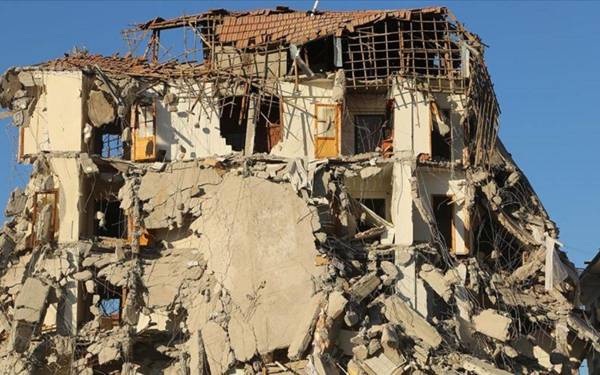
as.jpg)

